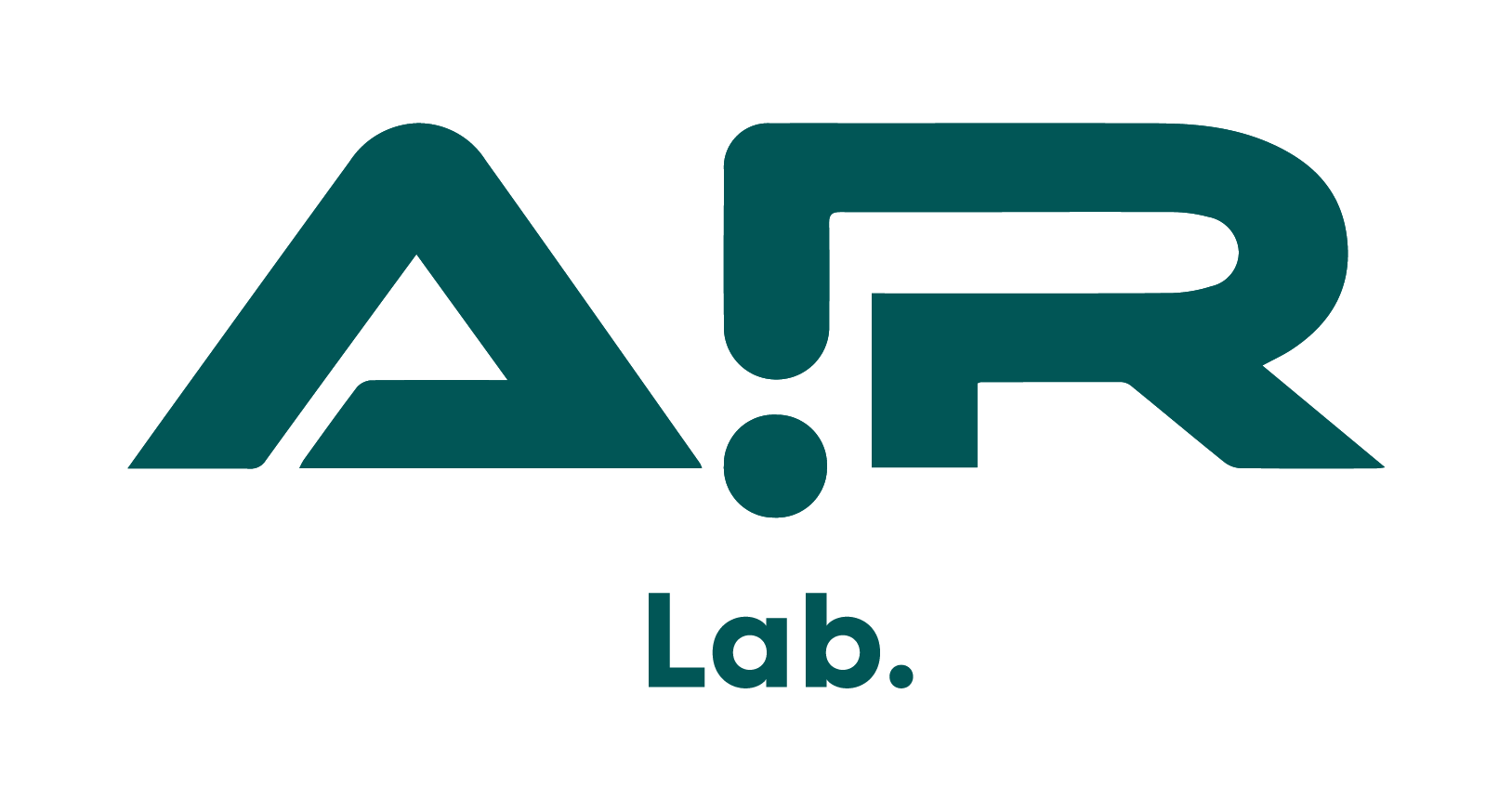AI for Retail: Mobile Manipulation in Dynamic Environments

People
Funding
This project is funded by Ahold Delhaize.
More LinksAbout the Project
The AI for Retail (AIR) Lab Delft is a joint TU Delft-Ahold Delhaize industry lab. As part of the project, we develop novel method for trajectory generation for mobile manipulation. In the context of retail environments, it is especially important to generate motions that are safe in the proximity of humans. Special focus is on the combined trajectory generation of the robotic platform and the manipulator.
Related Publications
Dynamic Optimization Fabrics for Motion Generation
In IIEEE Transactions on Robotics (T-RO),
2023.
Autotuning Symbolic Optimization Fabrics for Trajectory Generation
In IEEE Int. Conf. on Robotics and Automation (ICRA),
2023.
Coupled mobile manipulation via trajectory optimization with free space decomposition
In Proc. IEEE Int. Conf. on Robotics and Automation (ICRA),
2021.